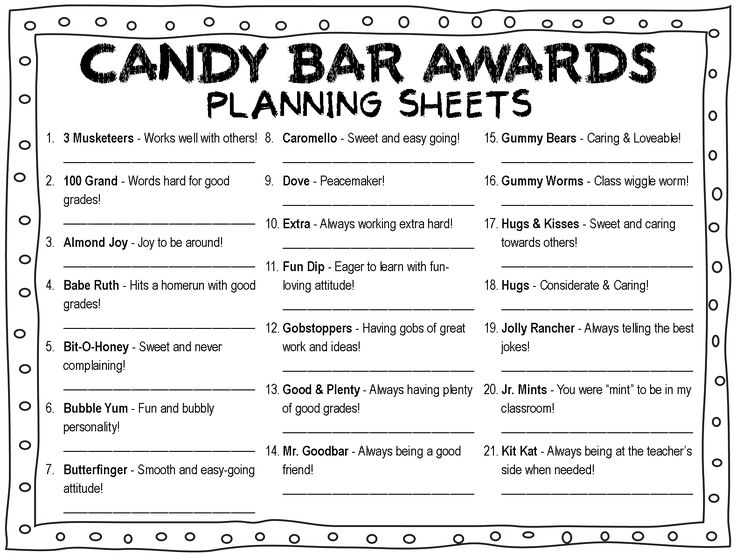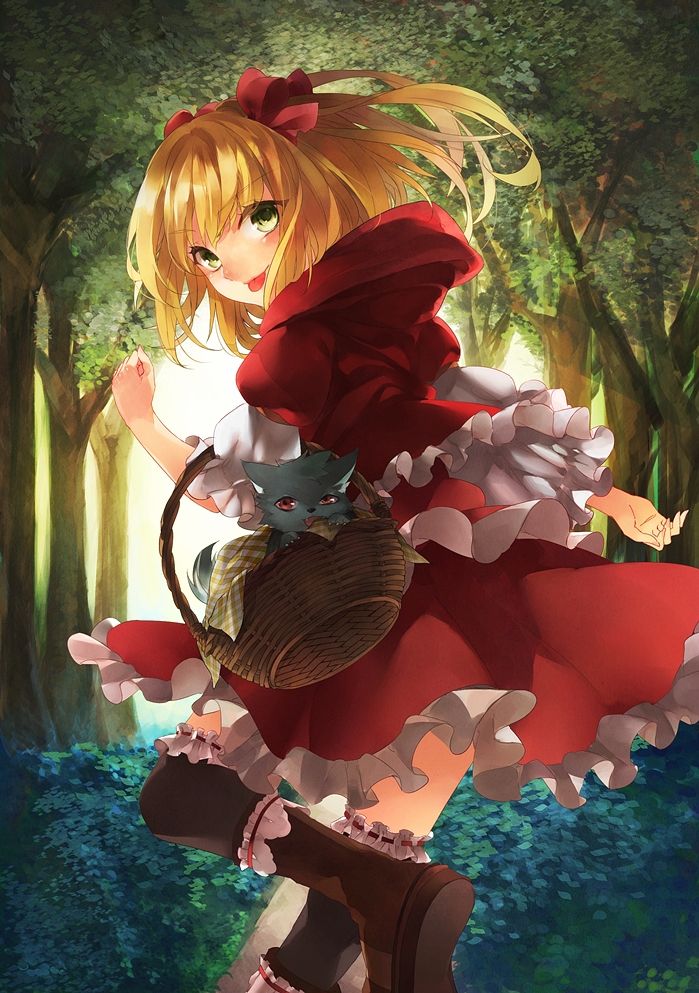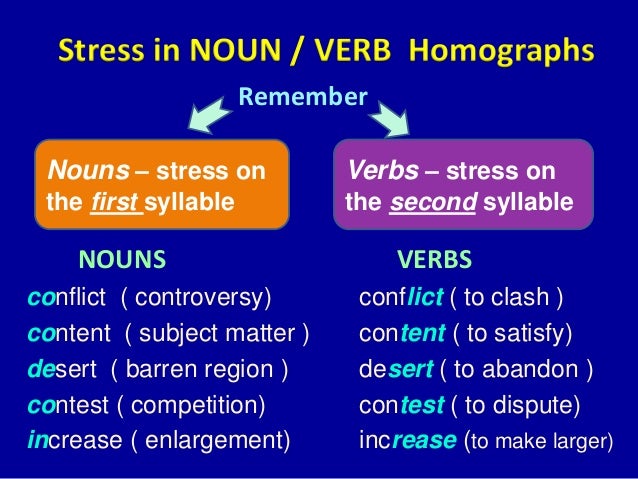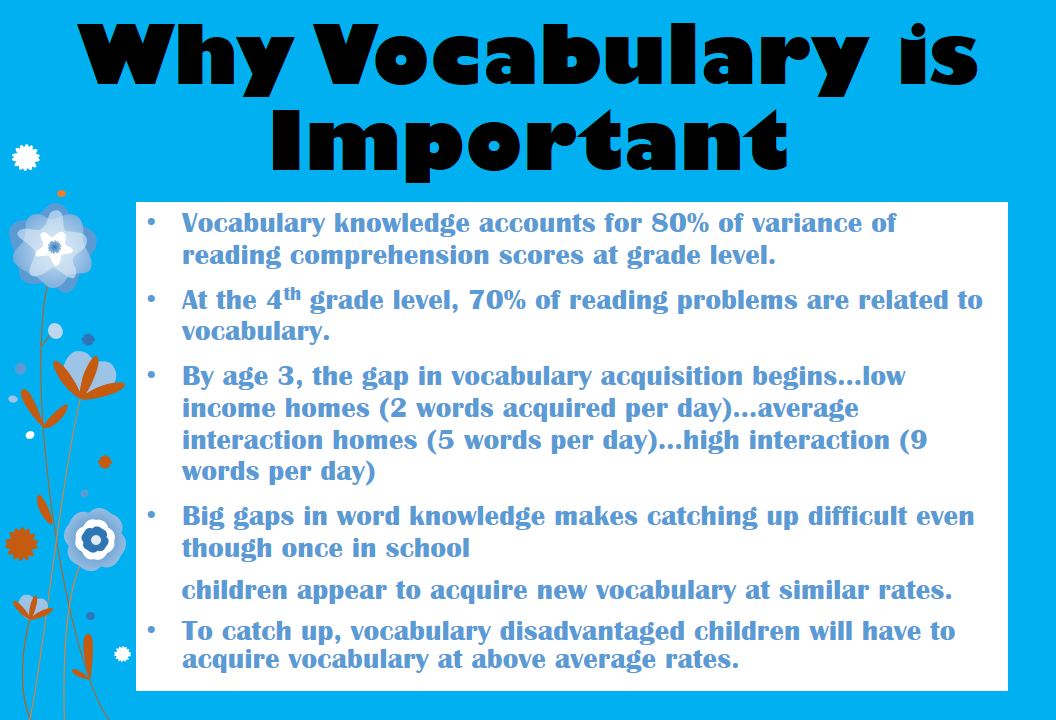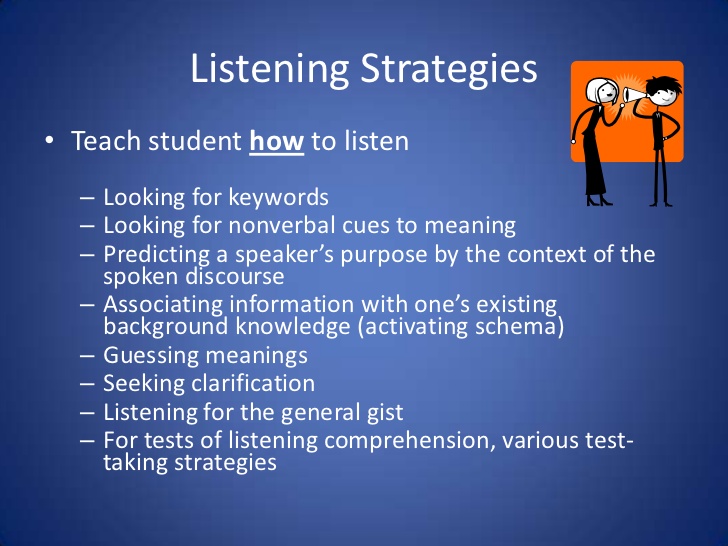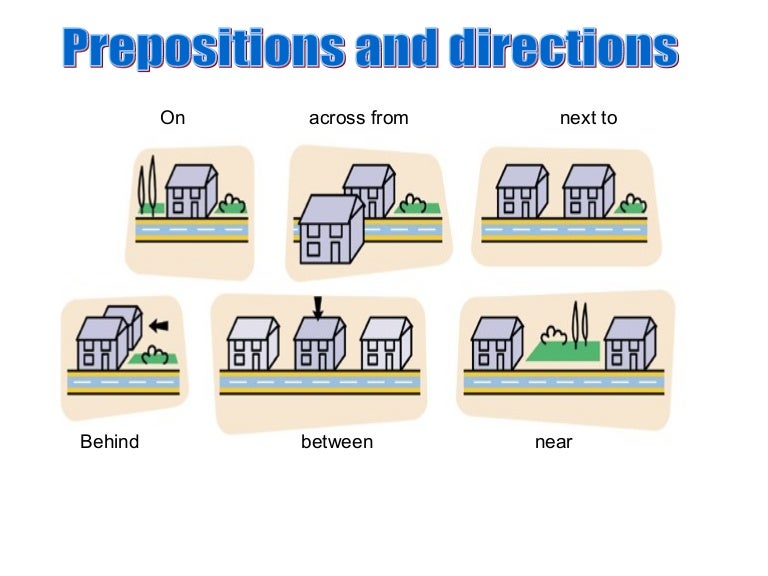Activities for comprehension
Second Grade Reading Comprehension Activities
Second graders are some of the most enthusiastic readers out there. They are transitioning from the basics into readers looking for meaning. As they build upon their comprehension skills, they are beginning to make connections to themselves and the world at large. These second grade reading comprehension activities will help your students dig deeper into texts on their own as well as with their peers.
1. Build a pyramid.
This idea was born out of one teacher’s students’ eternal love for constructing cup towers at any opportunity! The cups are coded with symbols to represent different story elements. After reading their leveled text, students share each story element while building their cup pyramid from the bottom up. They can then record the story elements on the matching graphic organizer.
Learn more: Teach Outside the Box
2. Clip together a reading strategy fan.
Modeling is the best way to guide students through reading comprehension strategies. But unless they’re actively participating in the process, they simply won’t retain enough of the strategy to make any meaningful difference in their own independent comprehension of text. That’s where these strategy fans come in. The link below shows how this teacher uses the cards in her class.
Learn more: Organized Classroom
3. Use a volcano graphic organizer.
Demonstrate how to draw a simple volcano shape, divided into three sections, and have students draw one in their reading journal. After reading the first few pages of the story, ask students to write first impressions at the base of the volcano. This is also a good place to make predictions about where they think the story is going. At about the halfway point, have students write what they think and how they think the story is changing. Once they have finished reading, they will write what they think the story is really trying to teach them and what they took away from the story at the top of the volcano.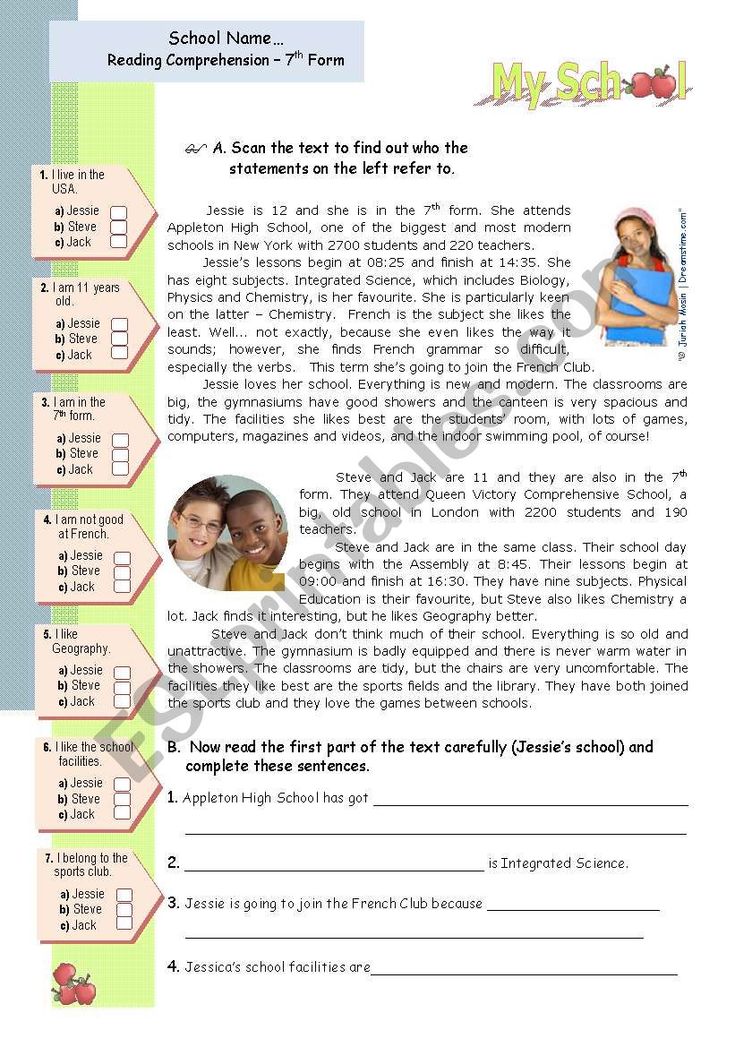
ADVERTISEMENT
Learn more: Student Treasures
4. Compare characters.
Encourage your students to think more deeply about the characters in a story. In the head of each figure, ask students to write a character’s name. Then have them write specific attributes about the character in the torso section. In the circle between the characters, have them write shared characteristics between the two figures.
Learn more: Florida Center for Reading Research
5. Construct a comprehension cootie catcher.
Once the bane of classroom teachers, cootie catchers have become a novel way to practice skills that kids can get excited about. This free download from the Classroom Game Nook includes three versions with questions about characters, setting, plot, and more.
Learn more: The Classroom Game Nook
6. Put on a retelling glove.
Retelling is a vital skill for young readers to work on to help them understand what they are reading.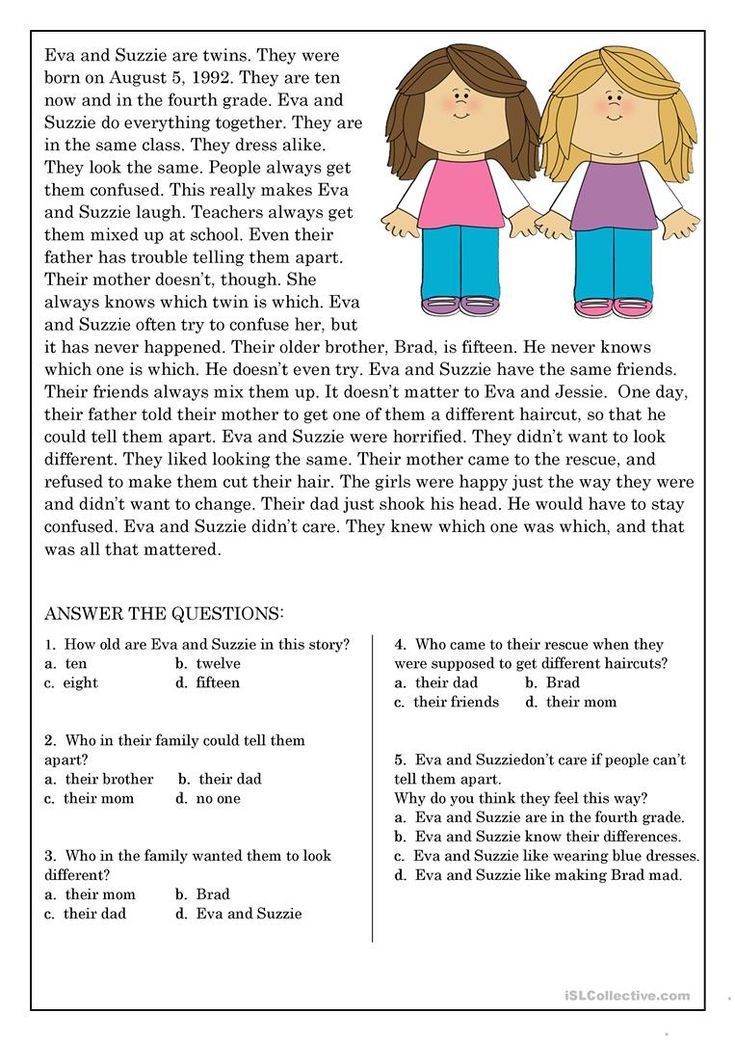 These gloves are a snappy accessory with labels that you can easily change. For fiction retellings, you can include setting, characters, problem, events, and solution. For nonfiction retellings, you can include main idea and supporting details. At the bottom of the glove, you can focus on making connections.
These gloves are a snappy accessory with labels that you can easily change. For fiction retellings, you can include setting, characters, problem, events, and solution. For nonfiction retellings, you can include main idea and supporting details. At the bottom of the glove, you can focus on making connections.
Learn more: One Giggle at a Time
7. Create a Wanted poster.
This free lesson from Education.com is a fun writing and drawing activity that has students take what they know about the bad person in the story and turn the details into a colorful Wanted poster.
Learn more: Education.com
8. Roll and chat your way to understanding.
If you’re looking for fun second grade reading comprehension activities that work well for stations or small-group work, try Roll & Chat. Players take turns rolling dice and answering questions about their reading.
Learn more: Playful in Primary
9. Toss a story ball around.
Kids will love this version of toss using a beach ball customized with questions that can be used for any reading passage.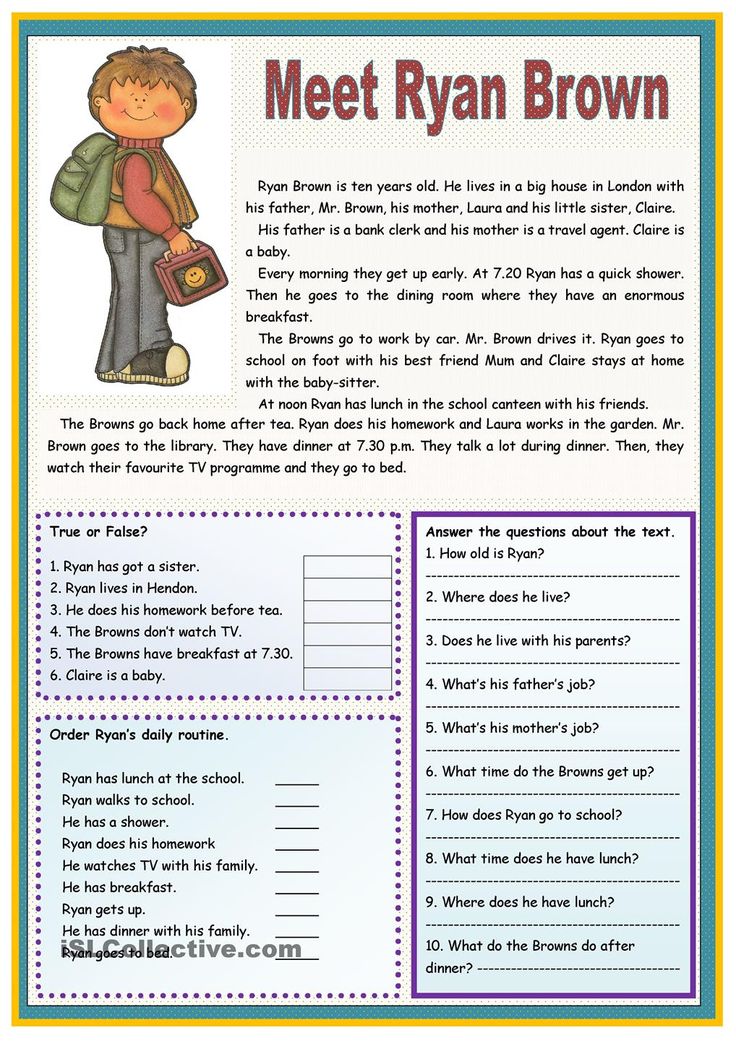 It’s a great activity for review or when you want to keep the learning going, but your kids need to get up and move.
It’s a great activity for review or when you want to keep the learning going, but your kids need to get up and move.
Learn more: Coffee Cups and Crayons
10. Follow a yellow brick road.
This fun lesson is another way to work on retelling skills. Print out these free story-element cards. Then, lay them out to create a road. As students hop from one yellow “brick” to the next, they retell the story.
Learn more: Cara Carroll
11. Make a shutter book.
This lovely foldable book is a great way for students to show their understanding of story elements in a colorful way. This is a great guided reading project to go along with a read-aloud.
Learn more: Upper Elementary Snapshots
12. Make book talks a regular part of your literacy block.
Book talks are a great way for students to demonstrate their reading comprehension. But sometimes when students get up in front of others, they’re not quite sure what to talk about. Download these adorable topic cards to guide students as they tell their classmates about what they are reading.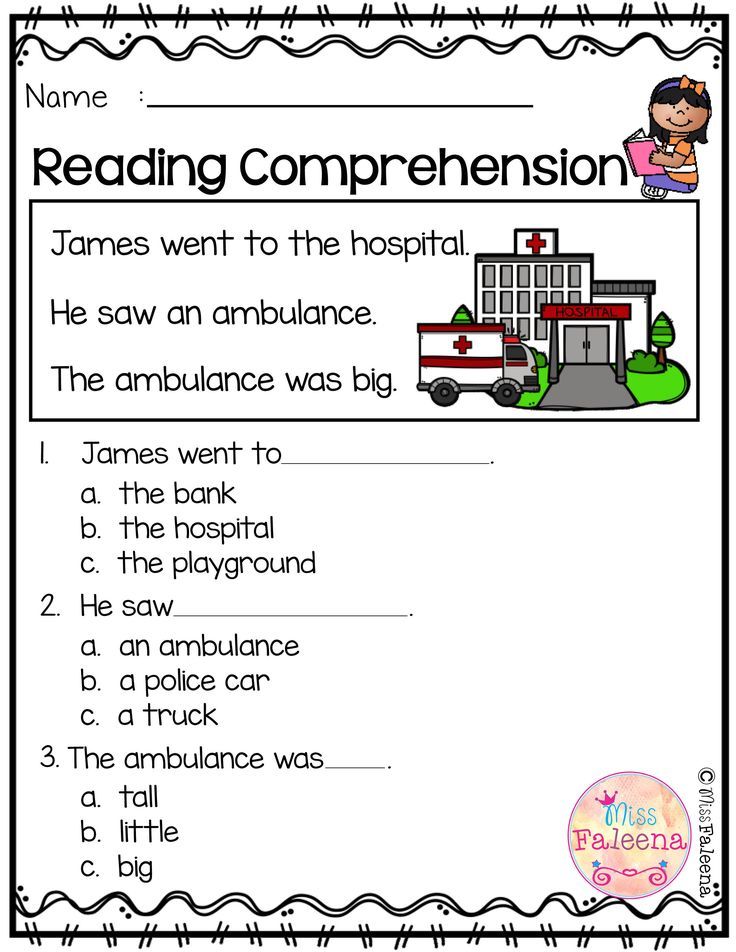
Learn more: Teacher’s Takeout
13. Celebrate the joy of reading with Flashlight Fridays.
I can’t think of a better way to end the week than implementing Flashlight Fridays into your ELA block. The students absolutely love reading in the dark and out of their desks. Add to the fun by allowing them to bring in cozy blankets and their favorite squishy!
Learn more: Flashlight Fridays
14. Implement Kagan Cooperative Learning Strategies.
When it comes to cooperative learning and active engagement, Dr. Spencer and Laurie Kagan are the ultimate masters. My personal favorite Kagan strategy is called “Stand Up, Hand Up, Pair Up.” Using this strategy, students are out of their seats and mix around the room. When they are signaled to stop, they find their nearest peer, partner up, and discuss whatever topic you choose.
Learn more: Kagan Publishing
15. Toss around reading comprehension cubes.
These are great conversation starters that will encourage your students to discuss different aspects of a story with their classmates.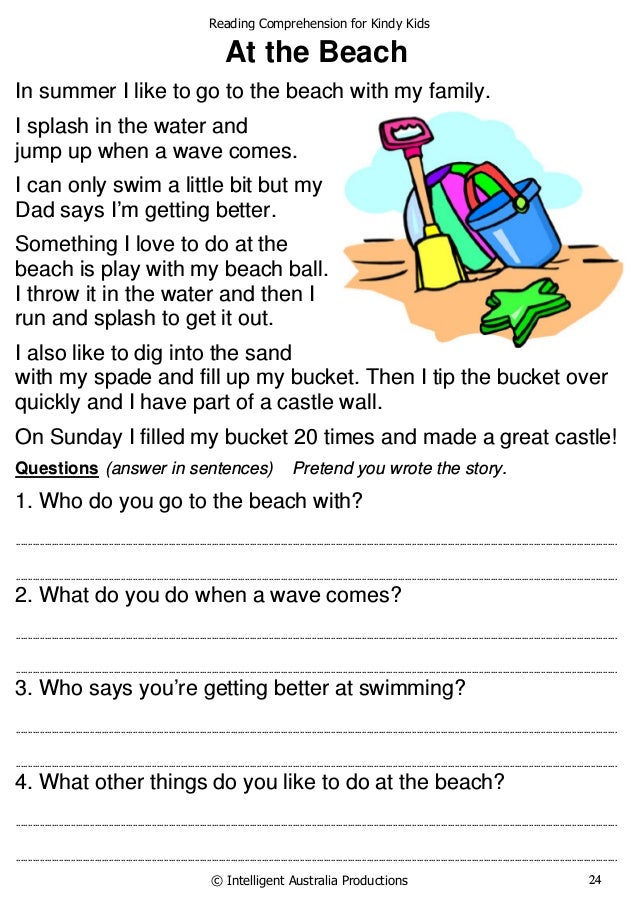 Use them in centers, small groups, or as a whole-group activity.
Use them in centers, small groups, or as a whole-group activity.
Buy it: Reading Comprehension Cubes at Amazon
16. Make a story-retelling paper bag book.
These cute booklets are easy to make and focus on important story elements. Your students will have so much fun making them, while honing in on those important ELA skills.
Learn more: Comprehension Connection
17. Create a lap-book-style book report.
Lap books are another creative way to put thoughts to paper in writing, while still fostering those artistic vibes. Use this as a whole-group assignment after a read-aloud, or have students make one after reading a book independently.
Learn more: Cara’s Creative Playground
18. Complete a story element map.
Students can handwrite their ideas or draw pictures describing each story element with this handy story map template. Kick things up a notch by making a double-sided copy to allow students to both write and draw their ideas!
Learn more: Katie Byrd
19.
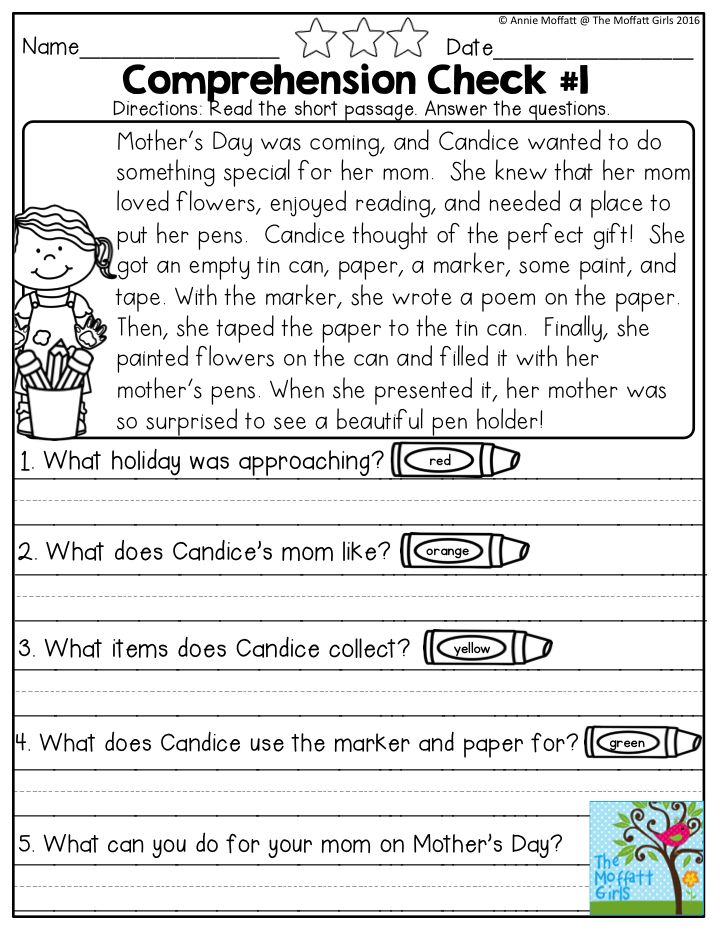 Play a storytelling-themed board game.
Play a storytelling-themed board game.Players draw random story elements and use them to tell a tall-tale type of story. With five different ways to play, it is easy to reach all types of learners and learning styles with this adaptable and fun game.
Buy it: Tall Tales Storytelling Board Game on Amazon
20. Hold a Book Character Day.
Book Character Day is one of those second grade reading comprehension activities that kids will remember forever! It gives them a chance to show how much they really know about one of their favorite characters. Encourage them to dress as their character and carry props that are part of their story. Maybe they’d even like to act like and talk in the voice of their character. Be sure to set aside time for each student to tell their classmates about the character they chose and why.
Learn more: Shann Eva’s Blog
If you like these second grade reading comprehension activities, check out our favorite second grade books.
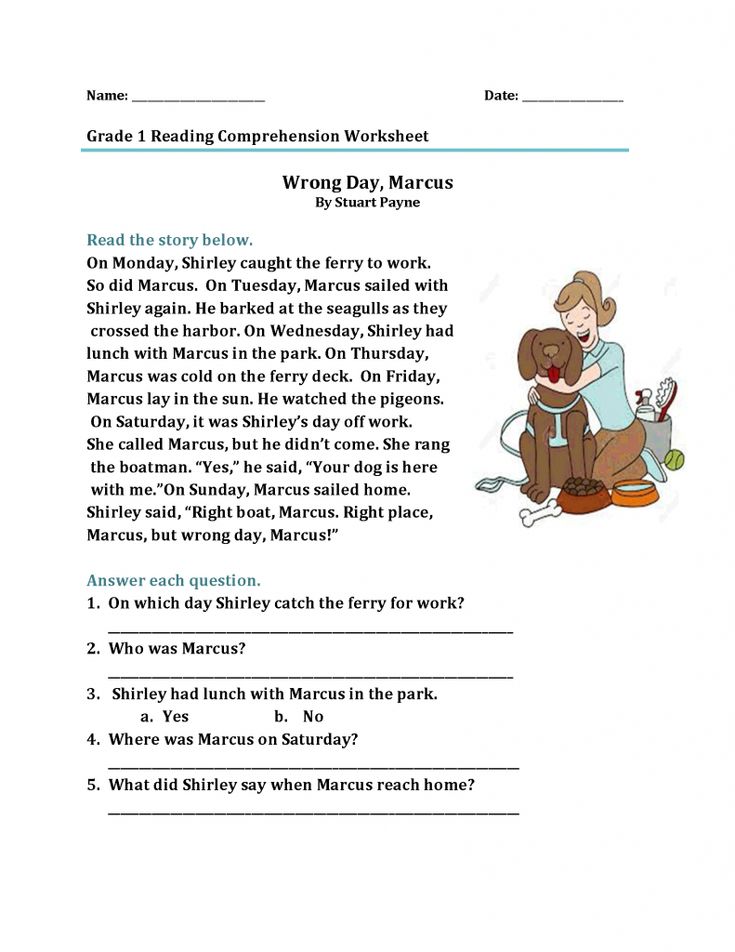
Plus, get all the latest teaching tips and tricks by signing up for our newsletters!
11 Free Reading Comprehension Activities For Students
There can be a hundred teachers in a room and ninety-nine of them will have different ideas on how to help with reading comprehension. Some of them might argue that rigorous testing is the best methodology, whilst others will argue that regular pop quizzing is the best way to go. Truth be told, there is no "one" exact way to ensure that your students understand what they are reading. Instead, it's best to adopt a variety of different solutions.
Here is a list of the top 11 reading comprehension activities. You can use them to introduce new reading comprehension techniques, or simply to check your students’ understanding so far. They are all fun, innovative ways to approach reading comprehension and demonstrate your students' skills.
1. Roll & Chat Dice
This fun activity includes lots of comprehension questions to check your kids have effective reading comprehension skills.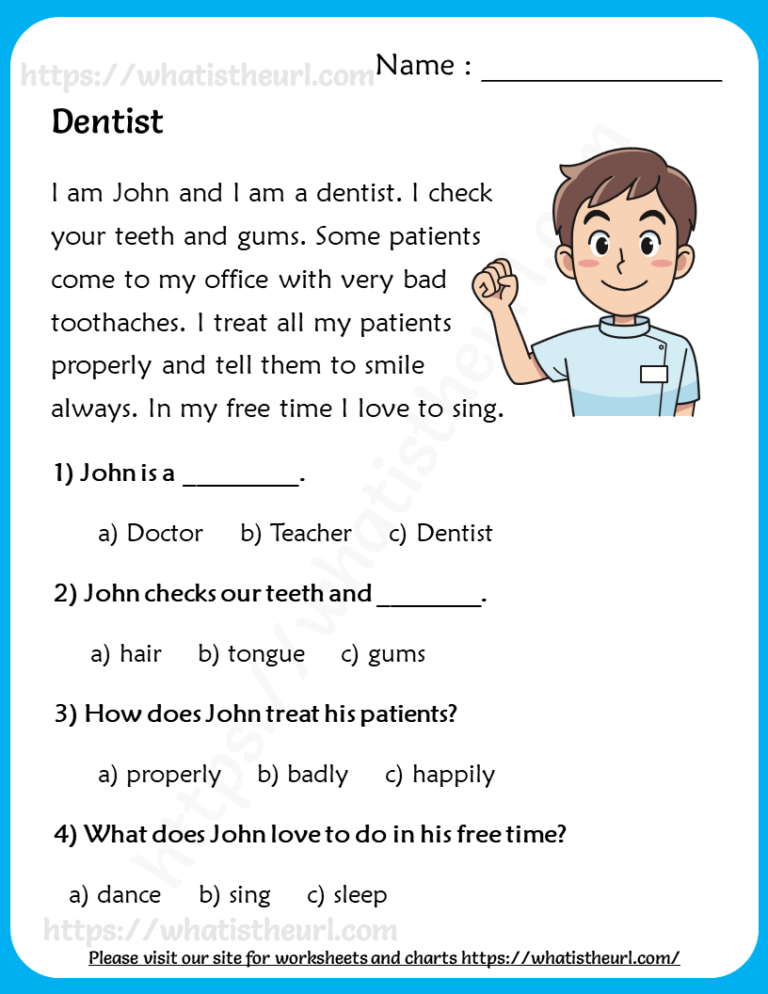 You can adapt and change this for any student, ensuring that they are reading at grade.
You can adapt and change this for any student, ensuring that they are reading at grade.
Learn more: Teachers Pay Teachers
2. WANTED Poster
You can use this activity not only to ensure that your students have basic story understanding but also to demonstrate they know character traits. It can also be applied to a wide variety of texts, too. Try including some questions about characters and story detail for even more teaching of comprehension.
Learn more: Education.com
3. Story Cheeseburger
This is unfortunately not as delicious as it sounds! You can use this activity to check simple reading comprehension of story structure, as well as a more advanced understanding of story aspects. Try displaying this colorful reading comprehension activity to brighten up your classroom, too!
Learn more: Unique Teaching Resources
4.
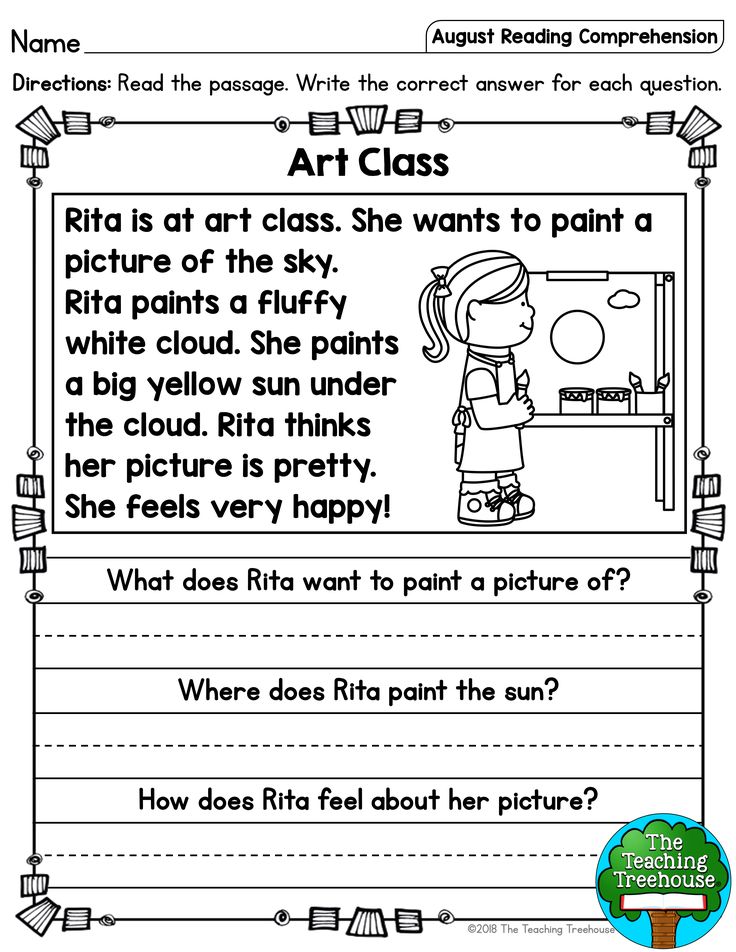 Reading Comprehension Worksheets
Reading Comprehension Worksheets This website has plenty of reading comprehension worksheets that you can print out and use for a reading passage. You can use them to teach reading strategy as part of a typical reading lesson or to have some book talk.
Learn more: K5 Learning
5. Make a Timeline
You can use this research-based teaching strategy for any non-fiction story to help demonstrate reading to knowledge skills. Ask relevant student questions about the topic of study to help expand on their knowledge and sequence events.
Learn more: Education.com
6. Yellow Brick Road Retelling
This is an excellent reading project to get your kids involved in active reading, instead of just being passive. You can use it to talk about many elements of the story and a narrative text. You can differentiate it according to your students' reading skills, from simple story elements like the story title to more developed ideas like meaning during reading.
Learn more: Just Cara Carroll
7. Anticipation Guide
This is a perfect pre-reading activity to get your students to understand the reading process in more detail. They will need to make some predictions about the story and share their opinions on some of the ideas that the book presents. You can also return to this guide after reading to demonstrate how their reading comprehension has developed.
Learn more: Reading Rockets
8. Question Ball
You can get really creative with this activity by getting the whole class involved to answer some comprehension topic questions. You can even use it to revise key quotations or as part of a reading selection. Definitely one for student engagement!
Learn more: Coffee Cups and Crayons
9. Lego Retelling
This one is more suitable for a picture book with younger learners, but it can also be used by upper-grade students, too. Your kids will have to use the individual Lego pieces to build key scenes from a text, then explain what they have built.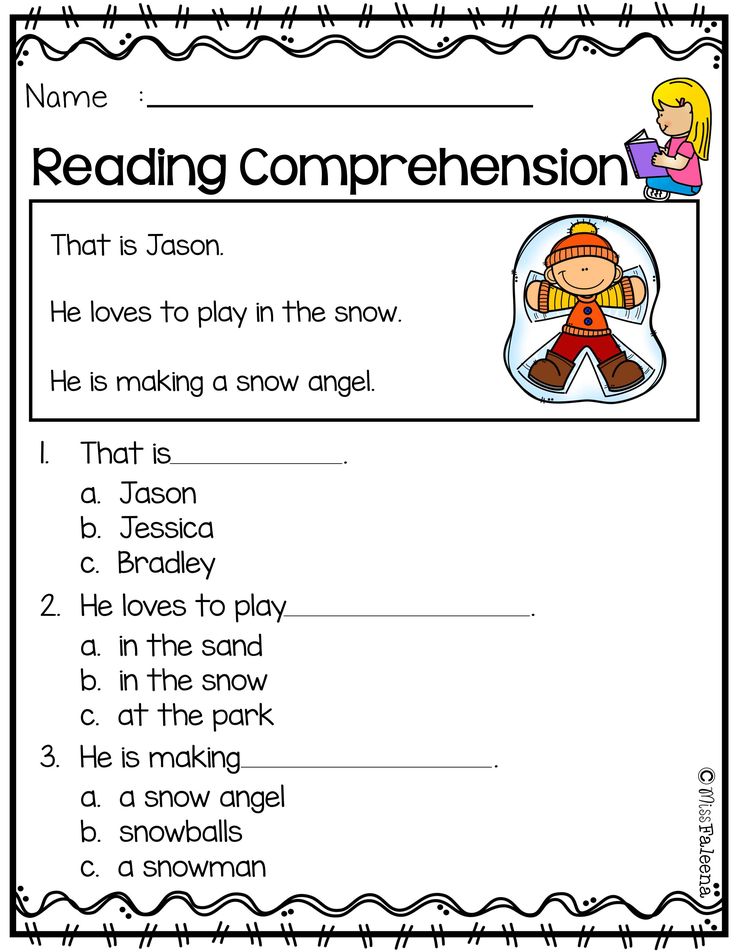 They can write down what they have said, too, to show that they have really understood the text well.
They can write down what they have said, too, to show that they have really understood the text well.
Learn more: The Educators Pin On It
10. Story Telling Bracelet
Another more hands-on activity, the teaching procedure of this involves assigning each color of the bracelet to a particular part of the text. For example, yellow, green, and blue all represent plot events. This is particularly useful to create a sequence of events and make story connections.
Learn more: Growing Book By Book
11. Reading Cheat Sheets
Need to help your students understand critical reading skills? Use these cheat sheets to provide them with expert details and things to keep in mind while they read a text. This includes key skills like looking at the cover, thinking about the content-area text, and other discussion questions to consider during the reading-thinking process.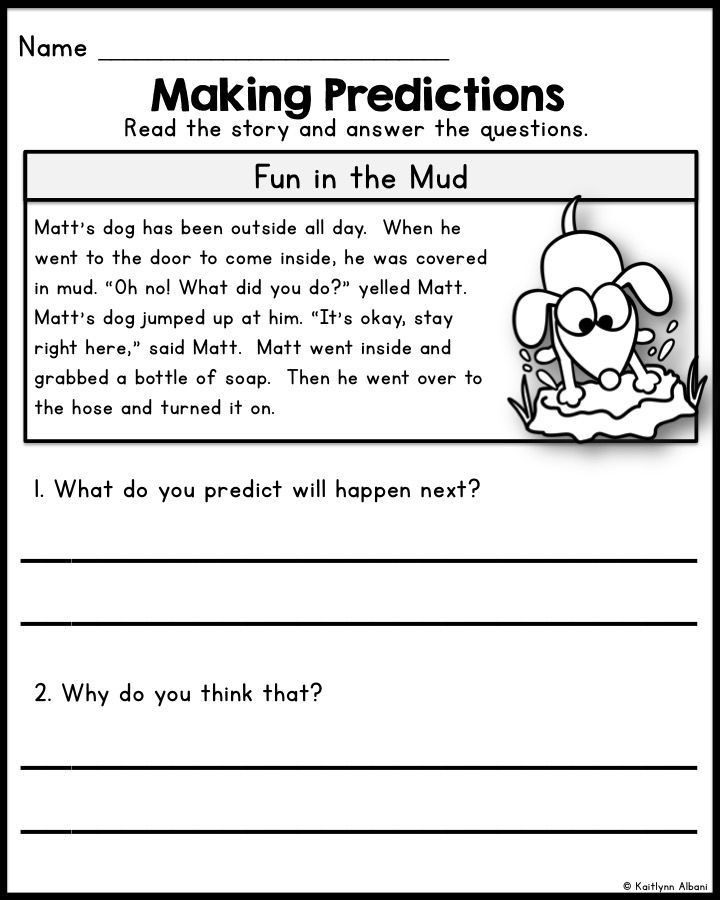
Learn more: Teachers Pay Teachers
These are just a few of the best ways to make reading more accessible for your learners. The majority of these activities can be expanded upon to meet the specific needs of your readers, whether that be sequencing events or providing a detailed analysis of character.
Frequently Asked Questions
What are comprehension activities?
Comprehension activities are activities or games that can be used to help your students to demonstrate what they know about a text. This usually covers but is not limited to, setting, plot, and character. Comprehension activities can be expanded to include other ideas too, like the meaning of the text, and can go beyond the details included within the text, such as in terms of contextual information surrounding the creation of the book.
What is the best way to teach comprehension?
Unfortunately, there is no definitive "best" way to teach comprehension to your kids, as each student is different and will respond to different activities.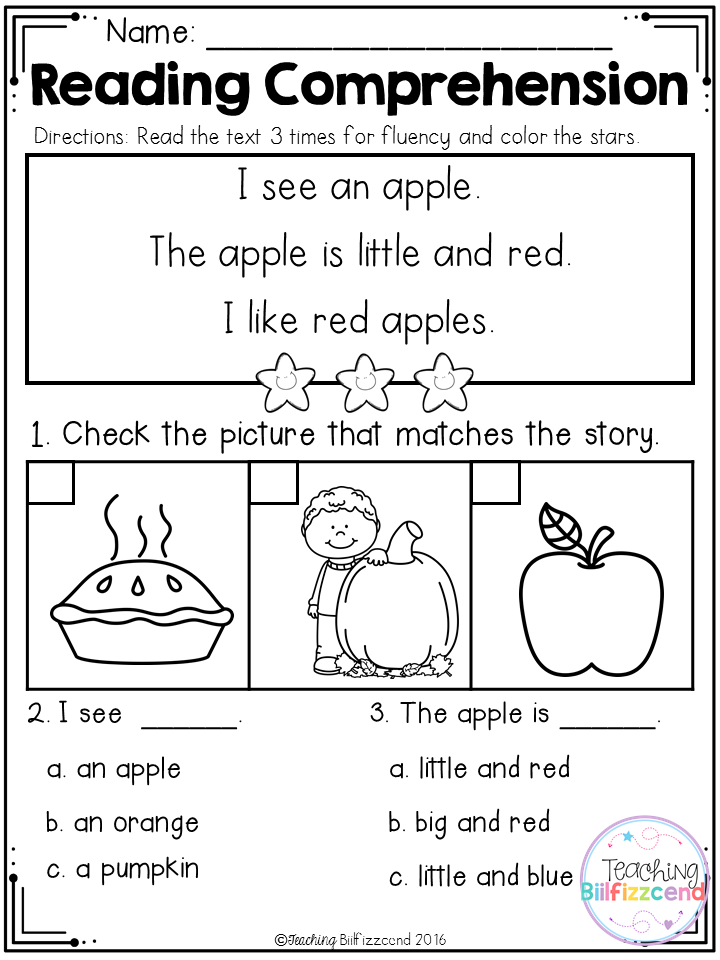 However, one thing that will definitely work is to make comprehension an enjoyable process. Try using the activities above to help with this and avoid simply completing tests or quizzes, as these will not make your student engaged.
However, one thing that will definitely work is to make comprehension an enjoyable process. Try using the activities above to help with this and avoid simply completing tests or quizzes, as these will not make your student engaged.
How can I improve my comprehension?
Try to go beyond simple ideas of comprehension. Your basic comprehension of a text should include the key events (or plot), the setting (where and when the story happens), and characters (the people or things that the text is about). You should try to expand beyond this by thinking about the meaning of the text. What message was the writer trying to put across? Reading comprehension goes beyond the words on the page - you need to think about the writer's craft, too.
What are the 3 main types of reading strategies?
The key reading strategies that you will likely encounter are scanning, skimming, and detailed reading. Scanning involves looking for specific information in a text, such as a keyword or detail.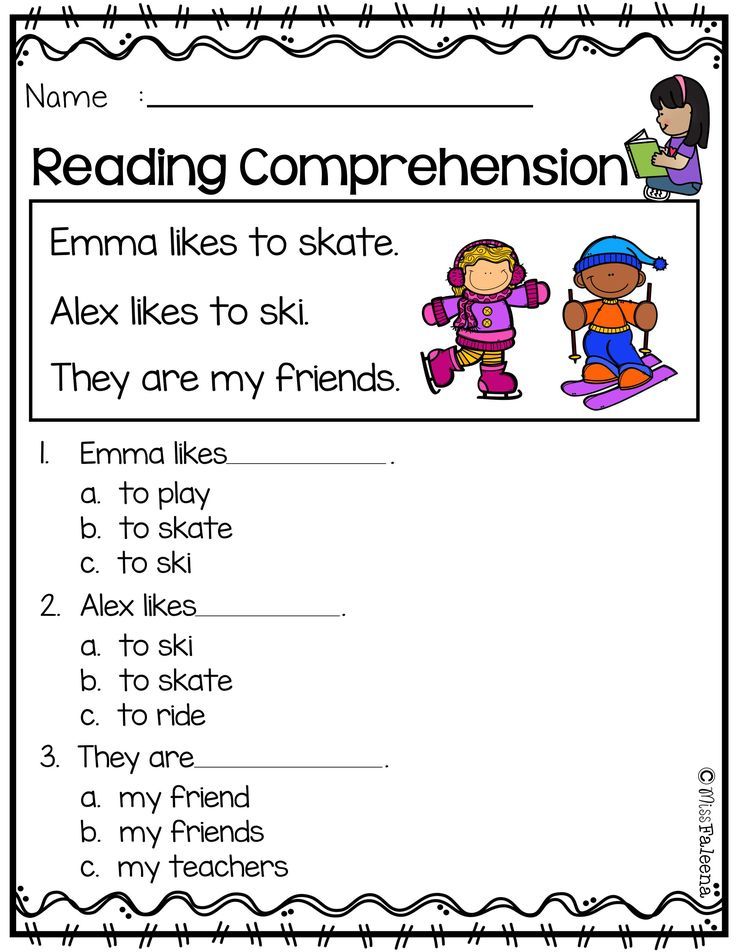 Skimming is slightly more in-depth as it is about understanding the main idea of a text by reading small chunks of the passage. Detailed reading is the slowest reading process but is the one that can help you get the most information from a text. Using this last strategy, your kids will understand approximately 80% of the text. Even so, each of these strategies is vital for teaching your students how to read effectively for information.
Skimming is slightly more in-depth as it is about understanding the main idea of a text by reading small chunks of the passage. Detailed reading is the slowest reading process but is the one that can help you get the most information from a text. Using this last strategy, your kids will understand approximately 80% of the text. Even so, each of these strategies is vital for teaching your students how to read effectively for information.
| Activity is a special form of a person's active relation to the outside world, the content of which is its expedient change and transformation . The concept of activity is one of the fundamental categories of the classical philosophical tradition, fixing in its content the act of collision of the goal-setting free will of the subject, on the one hand, and the objective laws of being, on the other. Accordingly, in the structure of activity, subjective components (a goal-setting subject) and objective components (subject of activity, tools of activity and product of activity) are traditionally distinguished. Any meaningful activity includes purpose , means , result and the process of the activity itself; an integral characteristic of activity is its awareness . Activity is the real driving force of both individual and social life, and the condition of human existence, society (see Society) and culture (see Culture). Depending on how the subjective and objective components of activity are related (that is, how exactly the structure of activity is configured), it can be differentiated into different types (accordingly, different options for the course of activity can be distinguished): already in the ancient tradition, between "noietis" as an activity for the implementation of a program introduced from outside (imperative) and "chretis" as an activity of a subject acting both as a subject of goal-setting and a subject for the realization of this goal (the creative variety of "chretis" was interpreted as "praxis"). Within the framework of traditional forms of philosophizing, differentiation of activity according to the subject criterion is also accepted: material activity as realized in the procedures of interaction between man and nature in the context of production; social activity as unfolding in the process of human influence on social processes and the organization of social life; spiritual activity as realized in an intellectual or artistic creative effort. In the history of cognition, the concept of activity has played and is playing a dual role: firstly, as an ideological, explanatory principle, and secondly, as a methodological foundation for a number of social sciences, where human activity becomes the subject of study. As a worldview principle, the concept of activity was established starting from German classical philosophy, when a new concept of personality, characterized by rationality, diverse areas of activity and initiative, triumphed in European culture, and the prerequisites were created for considering activity as the basis and principle of all culture. In many areas of post-Hegelian philosophy, the concept of activity developed by German classical idealism is sharply criticized; at the same time, the emphasis shifts from the analysis of the rational components of goal-setting to the deeper layers of consciousness that are found in human life. So, S. O. Kierkegaard opposes the will to the rational principle in man, and the activity in which he sees functioning detached from true being, opposes life, human existence. The voluntaristic and irrationalist line (A. Schopenhauer, F. Nietzsche, E. Hartmann and others), considering the will as the basis of world and individual existence, puts impulse and experience in place of rational goal-setting (that is, activity). This trend continues in existentialism. The tendency to abandon the consideration of activity as the essence of man and the only foundation of culture is intensifying in Western philosophy at the turn of the 19th-20th centuries. This is due to a reassessment of the progressive optimism dating back to the Enlightenment and to the criticism of technicism carried out by some areas of philosophy. In the second half of the 20th century, especially in connection with the numerous manifestations of the negative aspects of scientific and technological progress and with the awareness of the growing environmental distress on the planet, this criticism intensifies, in particular, both within the counterculture movement and in those philosophical currents that generally put calling into question Western civilization and its characteristic system of values. The principle of activity as a source of origin of diverse products of culture and forms of social life has played an important methodological role in the formation and development of a number of social sciences and human sciences. For example, in the cultural-historical theory of L. S. Vygotsky , thinking (see Thinking) was considered as a result of the interiorization of practical actions and the logic inherent in them (see Logic). At the same time, attempts were made to construct a general theory of activity (for example, T. Kotarbinski's praxeology), but all these attempts inevitably remained inconsistent and contradictory. The fundamental contradiction of attempts to build a general theory of activity is obviously inherent in the very ontological nature of the category "activity" with the maximum scope of the concept. In Russia, the original tradition of comprehension of activity was laid down by Russian religious philosophy, interrupted, however, by the Russian tragedy of the first half of the 20th century. |
Development of text comprehension by younger students through theatrical activities
Text activity is one of the most common types of work in lesson.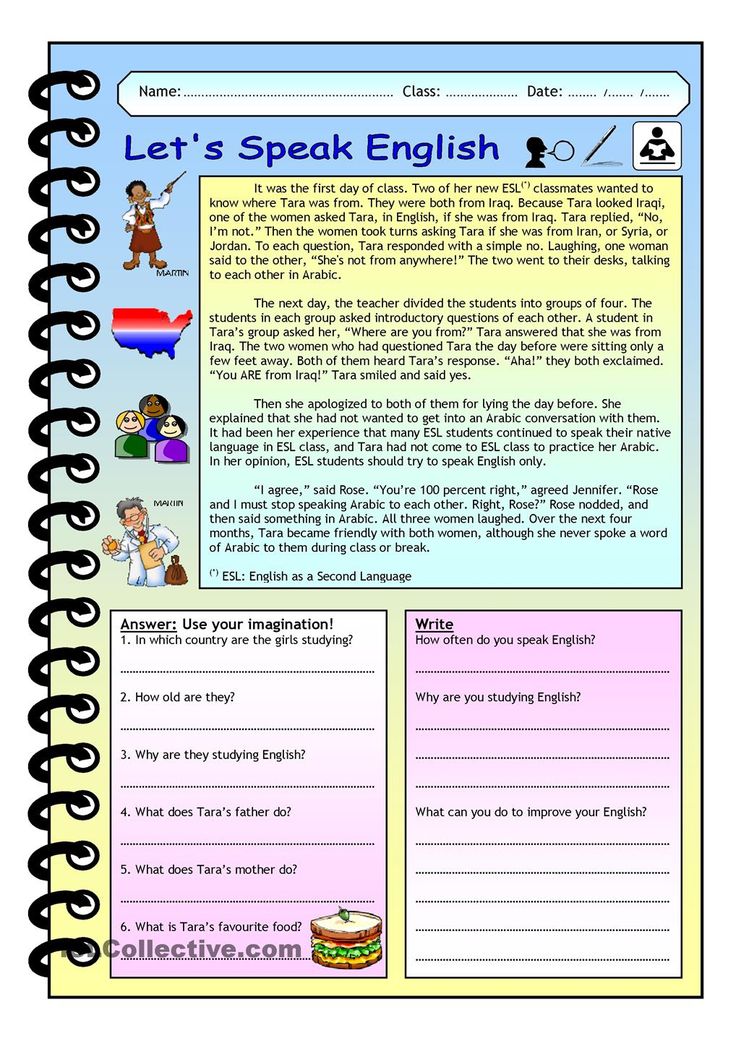 Successful education of children is impossible without a full understanding readable texts. The problem of understanding texts is interdisciplinary. character, it is discussed and studied by teachers, psychologists, philosophers, historians, linguists and scientists of other specialties. nine0014
Successful education of children is impossible without a full understanding readable texts. The problem of understanding texts is interdisciplinary. character, it is discussed and studied by teachers, psychologists, philosophers, historians, linguists and scientists of other specialties. nine0014
Problem features of understanding the text by younger students is considered in Numerous studies carried out within the framework of psychological and pedagogical approach (V. G. Marantsman, N. D. Moldavskaya, M. G. Kachurin, V. A. Levin, G. N. Kudina, M. A. Sevryugina, etc.), in which understanding of the text is considered from the perspective of literary student development. In psychological research, text comprehension schoolchildren became the subject of study by B. A. Boguslavskaya, G. D. Chistyakova, G. G. Granik, O. V. Soboleva, P. P. Lokalova and others. nine0014
In the dictionary S.I. Ozheg's understanding is interpreted as "the ability to comprehend, comprehend the content, meaning, meaning of something" [5, p.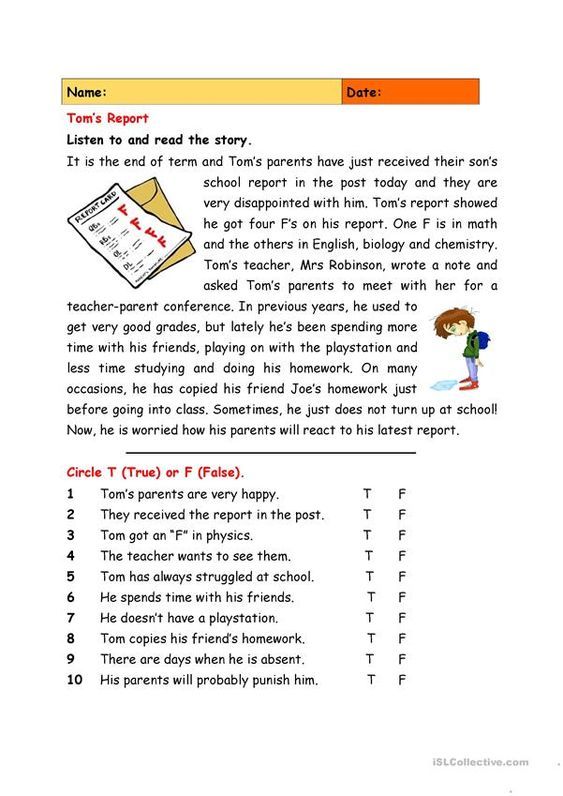 551].
551].
Kodzhaspirova G.M. and Kodzhaspirov A.Yu. in the pedagogical dictionary consider understanding as “the process of establishing a connection between the unknown, the new and the already famous; drawing up a correct concept about something. AT Pedagogy considers understanding as the second stage of assimilation knowledge by students after perception in the learning process” [4, p. 116]. nine0014
On the relationship of understanding and emotions writes psychologist B.M. Teplov: “Understand the artistic work means, first of all, to feel, experience it emotionally and, on this basis, reflect on him." [6, p. 90].
Results of the International programs for assessing the educational achievements of students PISA [1], including and measuring the level of understanding of the text by children, became known broad masses, after some time many professional publications published materials testifying to our problems with reading literacy. "Under reading literacy in the PISA study, a person's ability to comprehend written texts. In other words, the ability to understand and interpret text. It is this ability that is the main component literacy of modern man. Not what is often meant under this term we have - spelling and punctuation literacy and reading technique” [3]. nine0014
In other words, the ability to understand and interpret text. It is this ability that is the main component literacy of modern man. Not what is often meant under this term we have - spelling and punctuation literacy and reading technique” [3]. nine0014
More in the early 70s. last century, a special survey, which involved students in grades 4-10 different schools in Moscow (only about a thousand people). The results were stunning: the most elementary methods of understanding the text were only 0.3% of the surveyed schoolchildren.
Psychologist and children's poet Vadim Levin tested the understanding of literary texts and found out that only 6% of children correctly understand the meaning of what they read [3]. nine0014
Having analyzed these data, psychologists concluded: “6% more than than 0.3%. But how little! These figures appeal to all of us and demand immediate action. It would seem that the alarm, first of all, addressed to the teacher. It is he who must rush into the classroom and begin immediately teach your students how to work with a book” [2, p. 36].
36].
The above numbers confirmed my fears about the low level of students' ability to understand readable texts. After analyzing the psychological and pedagogical literature on the topic, as well as their own teaching activity, I found one way to solve this problem: formation of students' understanding of the text through dramatization artistic texts. nine0014
Most often In my teaching activities, I use dramatization games. AT of them, the child independently creates an image with the help of a set of tools verbal and non-verbal expression. Types of dramatization are games that imitate images of animals, people, literary characters; role-playing dialogues based on the text; dramatizations works; performances by one or more works; improvisational games with storytelling without preliminary preparation. To increase the level of understanding of texts schoolchildren are most suitable for such types of dramatization as staging works, staging performances one at a time or several works.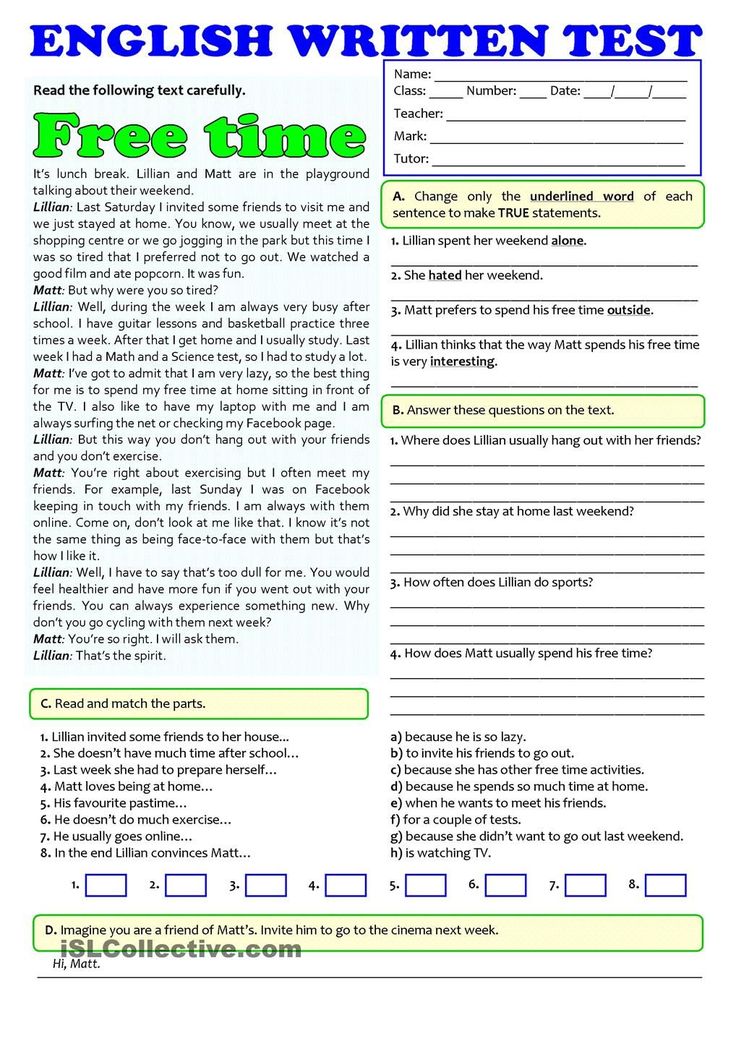 For dramatizations and performances, we with children we use not only works created by famous writers and poets, but also texts of his own composition. nine0014
For dramatizations and performances, we with children we use not only works created by famous writers and poets, but also texts of his own composition. nine0014
Through the theatrical - either the works of schoolchildren penetrate more deeply into the main meaning of the text used for dramatization is trying to correctly understand the motives of the actions of the heroes, their character traits, behavior. In order to create a script for any work, children need not only to understand the text, subjecting it to deep analysis, but also to be able to change the text of the work in such a way that he was vividly presented from the stage (correct the dialogue of the characters, describe scenes of nature with the help of scenery, think over character appearance). nine0014
For understanding and conveying the image of the character on the stage, the child needs make a thorough analysis of the personality of the hero. Only after analysis the image of the hero of the dramatized work, students with the help of a teacher or independently think through non-verbal means (facial expressions, gestures, postures, movements) and intonation expressiveness.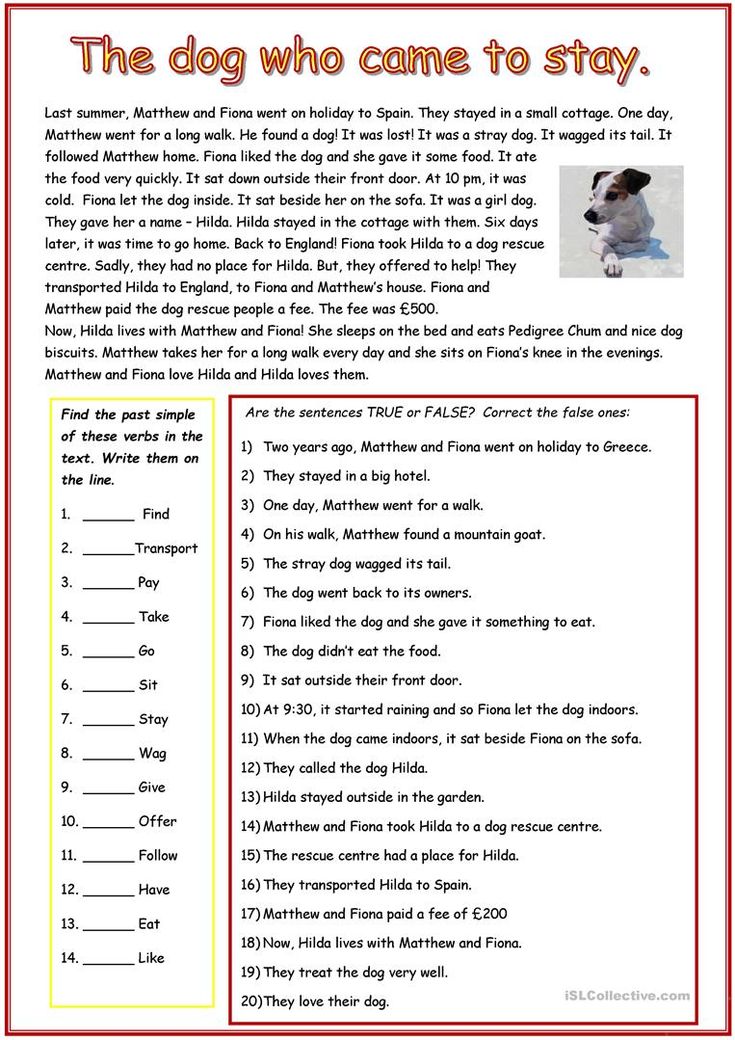
In children, reading the text on which the production is being prepared, there are more careful study of fragments of text that usually seem to them unimportant or insignificant for understanding the idea of the text. Students recognize that careful reading of parts of the text describing the pictures nature, the interior of the rooms are necessary to create scenery. I'm trying to point out to students that careful reading of secondary details of the text often helps to better understand the personality of the hero and, most importantly, the idea of the work. nine0014
My students with great interest play fairy tales, stories and poems of their own essays.
Theatricalization I I consider and apply not only as a method aimed at the formation of students' understanding of the text, but also as a method of control text activity. This method allows students to more deeply and fruitfully analyze the content of the text of the story, fairy tale. The teacher can assess the level of perception and understanding of the text by children by acting game of each child in theatricalization of any text.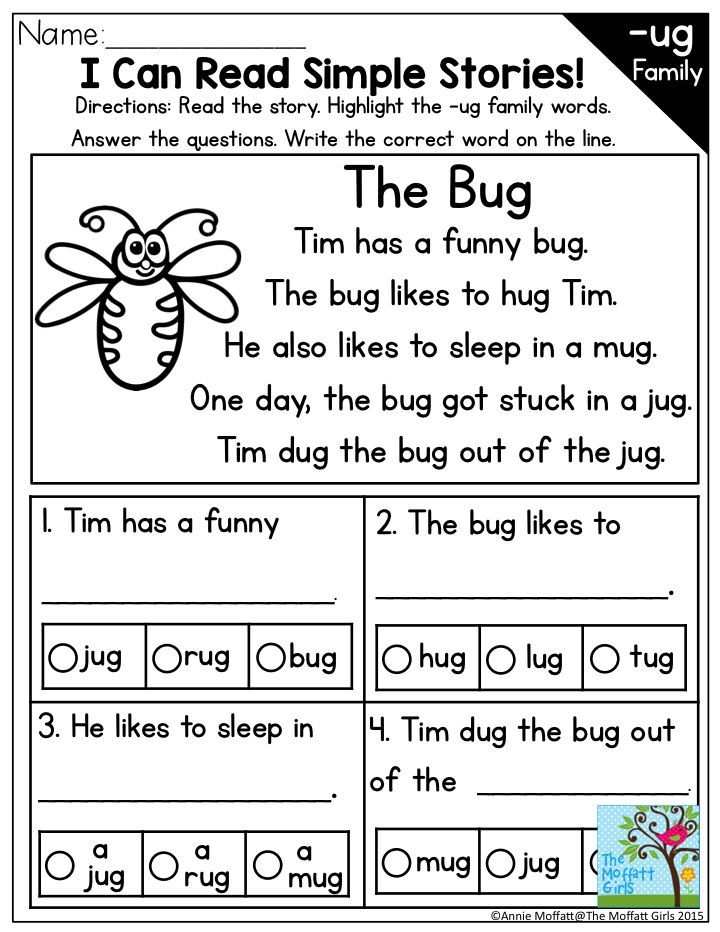 nine0014
nine0014
Collective scripting a theatrical production provides great opportunities for children to discuss the ideas of the text, for their expression different points of view on the presentation of characters, events, plot works. In the process of collective discussion of the scenario by the guys, a true understanding of the idea of the text is always born, the teacher does not need artificially introduce the dispute method, the children themselves will understand its natural necessity. In general, the role of the teacher at all stages of preparation for theatrical performance and stage play should only be guiding and corrective, because the interest of children in theatrical activity is so great that they are able to independently, without persistent reminders and teachings of the head deal with everything. If you have any questions about drafting scenario or distribution of roles, the guys themselves ask for help from teacher. According to the principle of improvisation, theatrical play considered as a creative activity, which causes a special interaction between an adult and a child, children among themselves, the basis which is made up of a free atmosphere, encouragement of children's initiatives, lack of a role model, having a point vision in a child, the desire for originality and self-expression.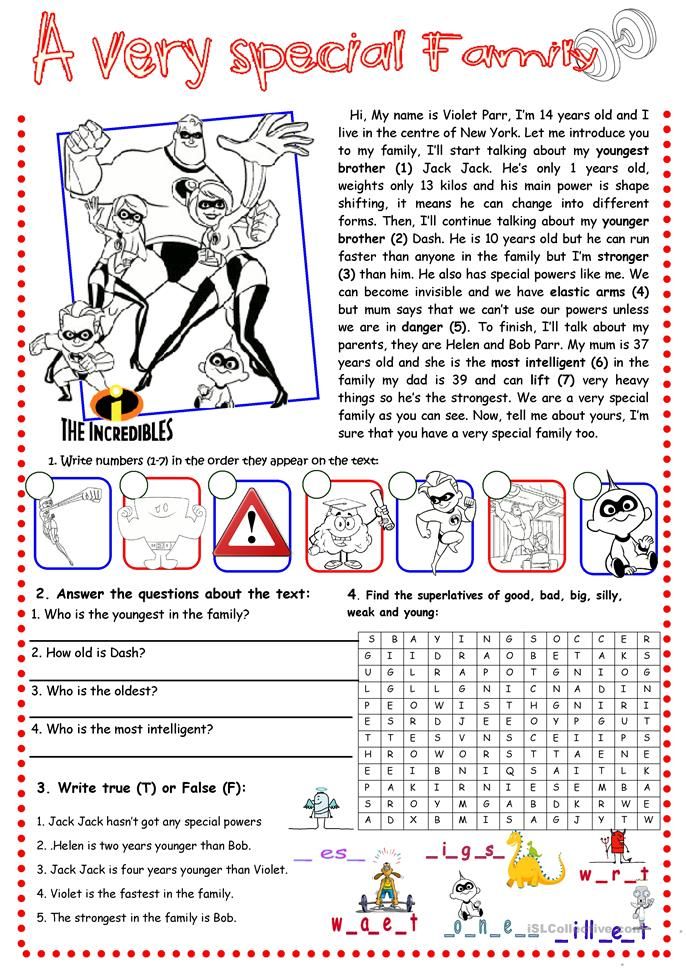 nine0014
nine0014
Organized at school theatrical activity becomes a means of self-expression and self-realization of the child in various types of creativity, self-affirmation in peer group.
child who studies a text preparing for staging is like a detective, a researcher, trying not to miss a single, even the smallest, detail of the text. Such detailed, attentive reading undoubtedly contributes to deep and clear understanding of the idea of the text by the child. nine0014
- References:
-
PISA - International Program for the Assessment of Educational Achievements students. On the results of the PISA-2000 study, the newspaper "Russian language” wrote in No. 14–15/2005.
-
Granik G.G., Bondarenko S.M., Kontsevaya L.A., How to teach schoolchildren how to work with a textbook. M., 1987.
-
rus.1september.ru Granik G.G., Borisenko N.A., Understanding the text in the lessons of the Russian language and literature.
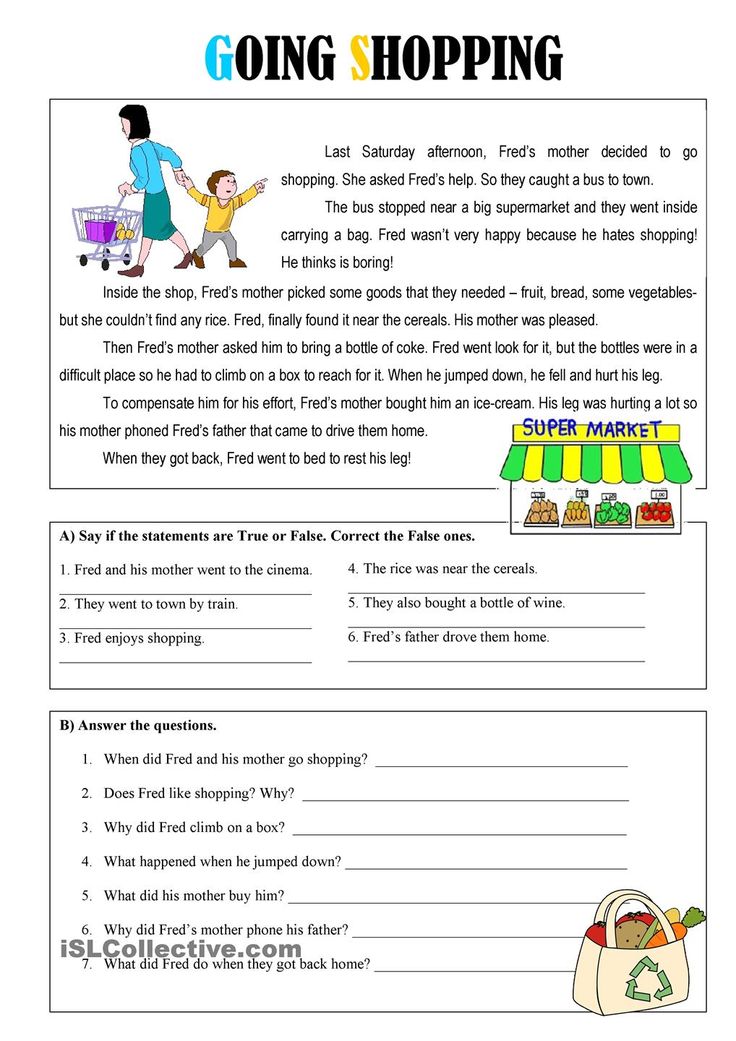

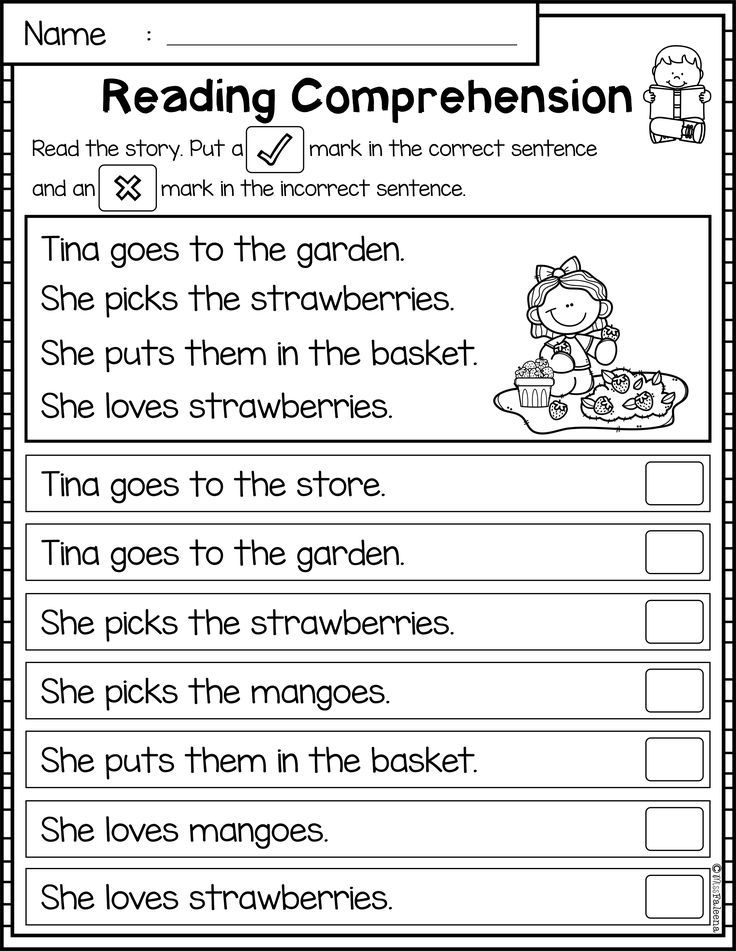 Thus, human activity presupposes a certain opposition of the subject and object of activity: a person opposes to himself the object of activity as a material that must receive a new form and properties, turning from a material into a product of activity. The connections within the object component of activity (the change in the properties of the object of activity, transforming it into a product) are understood as expressing the fundamental laws of the universe (the interaction of the object and tools of activity, as well as the transformation of the object of activity into its product - according to the laws of nature or society, which, in fact, and forces humanity to abandon the search for the philosopher's stone). nine0014
Thus, human activity presupposes a certain opposition of the subject and object of activity: a person opposes to himself the object of activity as a material that must receive a new form and properties, turning from a material into a product of activity. The connections within the object component of activity (the change in the properties of the object of activity, transforming it into a product) are understood as expressing the fundamental laws of the universe (the interaction of the object and tools of activity, as well as the transformation of the object of activity into its product - according to the laws of nature or society, which, in fact, and forces humanity to abandon the search for the philosopher's stone). nine0014  It is generally accepted that it is the material-transforming objective activity that a person owes both his initial formation and the preservation and development of all human qualities in the course of the historical process. At the same time, activity as such cannot be considered the exhaustive basis of human existence. If the basis of activity is a consciously formulated goal, then the basis of the goal itself lies outside the activity, in the sphere of human motives, ideals and values, which, although to a certain extent, are determined by activity, nevertheless, they themselves act as its framework. Modern scientific and technological development clearly demonstrates that not only activity in the field of morality or art, but also scientific and cognitive activity, ultimately, depends on its moral orientation, on its influence on human existence. In turn, the dependence of activity itself on other social and cultural factors is expressed in the fact that in different types of culture it occupies a significantly different place, being realized either as a bearer of the highest meaning of human existence, or as a necessary, but by no means honored condition of life.
It is generally accepted that it is the material-transforming objective activity that a person owes both his initial formation and the preservation and development of all human qualities in the course of the historical process. At the same time, activity as such cannot be considered the exhaustive basis of human existence. If the basis of activity is a consciously formulated goal, then the basis of the goal itself lies outside the activity, in the sphere of human motives, ideals and values, which, although to a certain extent, are determined by activity, nevertheless, they themselves act as its framework. Modern scientific and technological development clearly demonstrates that not only activity in the field of morality or art, but also scientific and cognitive activity, ultimately, depends on its moral orientation, on its influence on human existence. In turn, the dependence of activity itself on other social and cultural factors is expressed in the fact that in different types of culture it occupies a significantly different place, being realized either as a bearer of the highest meaning of human existence, or as a necessary, but by no means honored condition of life. nine0014
nine0014 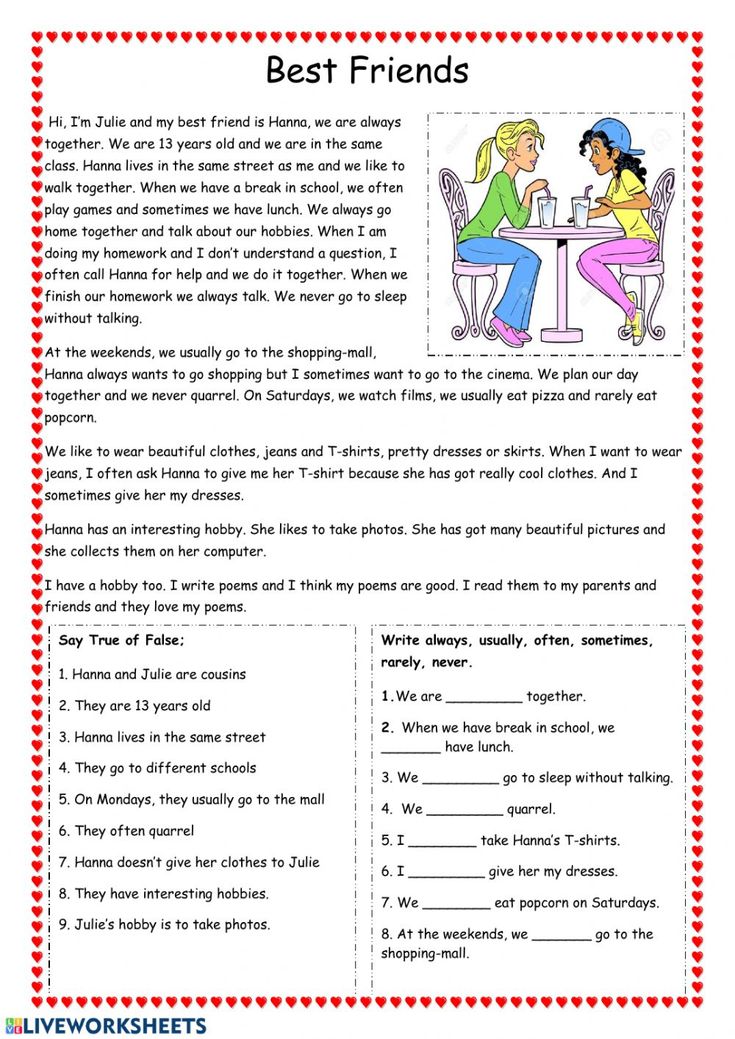 From the point of view of the creative role of activity, its division into reproductive (aimed at obtaining an already known result by known means) and productive activity, or creativity, associated with the development of new goals and corresponding means or with the achievement of known goals with the help of new means, is of particular importance. The synthesis of the concept of "activity" in relation to the subject-object opposition led to the fact that the category of activity was traditionally constituted as the basic one in attempts to create a universal philosophical methodology. nine0014
From the point of view of the creative role of activity, its division into reproductive (aimed at obtaining an already known result by known means) and productive activity, or creativity, associated with the development of new goals and corresponding means or with the achievement of known goals with the help of new means, is of particular importance. The synthesis of the concept of "activity" in relation to the subject-object opposition led to the fact that the category of activity was traditionally constituted as the basic one in attempts to create a universal philosophical methodology. nine0014 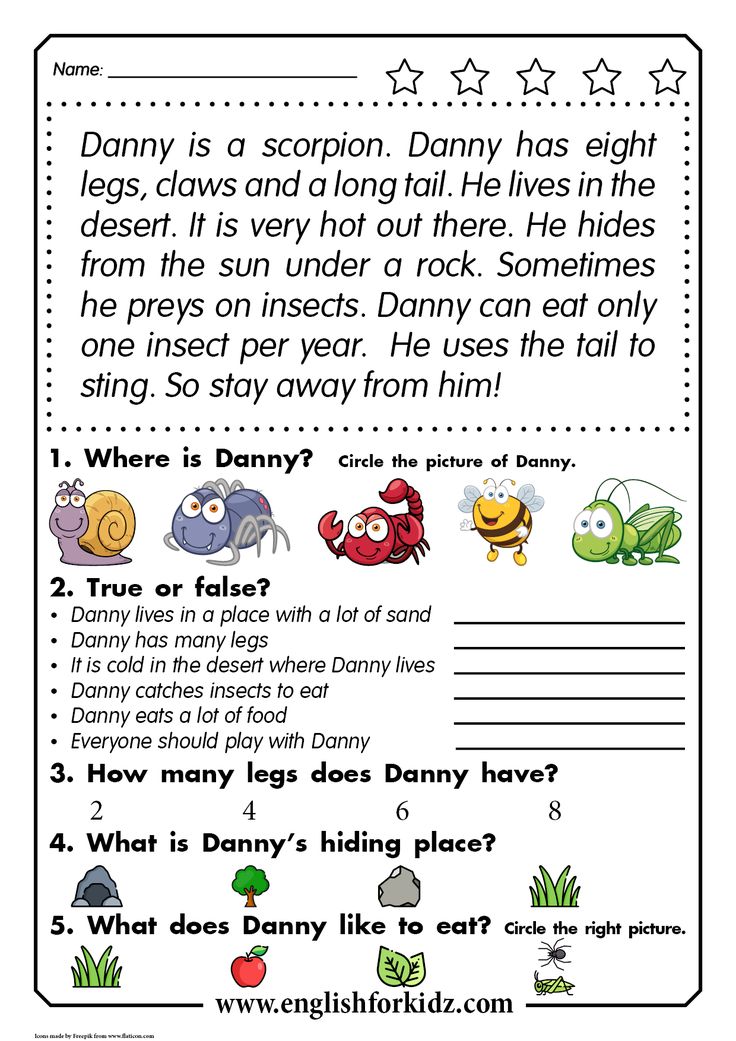 The first steps in this direction were made by I. Kant. I. G. Fichte was the first to raise activity to the rank of the universal foundation of culture, considering the subject (“I”) as pure amateur activity, as a free activity that creates the world (“not-I”), while focusing on the ethical ideal. But since Fichte introduced a number of non-active factors (contemplation, conscience, and others) as decisive criteria for activity, he thereby undermined the unity of his concept. The most developed rationalist concept of activity was built by G. W. F. Hegel. From the positions of objective idealism, he interprets activity as an all-penetrating characteristic of the absolute spirit, generated by the immanent need of the latter for self-change. He assigns the main role to spiritual activity and its highest form - reflection, that is, self-consciousness. This approach allowed Hegel to build a whole concept of activity, within which the clarifying and nationalizing work of the spirit occupies a central place.
The first steps in this direction were made by I. Kant. I. G. Fichte was the first to raise activity to the rank of the universal foundation of culture, considering the subject (“I”) as pure amateur activity, as a free activity that creates the world (“not-I”), while focusing on the ethical ideal. But since Fichte introduced a number of non-active factors (contemplation, conscience, and others) as decisive criteria for activity, he thereby undermined the unity of his concept. The most developed rationalist concept of activity was built by G. W. F. Hegel. From the positions of objective idealism, he interprets activity as an all-penetrating characteristic of the absolute spirit, generated by the immanent need of the latter for self-change. He assigns the main role to spiritual activity and its highest form - reflection, that is, self-consciousness. This approach allowed Hegel to build a whole concept of activity, within which the clarifying and nationalizing work of the spirit occupies a central place. In Hegel's concept, the dialectic of the structure of activity is subjected to a thorough analysis (in particular, the deep interdetermination of goals and means), a characteristic of the socio-historical conditionality of activity and its forms is given. nine0014
In Hegel's concept, the dialectic of the structure of activity is subjected to a thorough analysis (in particular, the deep interdetermination of goals and means), a characteristic of the socio-historical conditionality of activity and its forms is given. nine0014 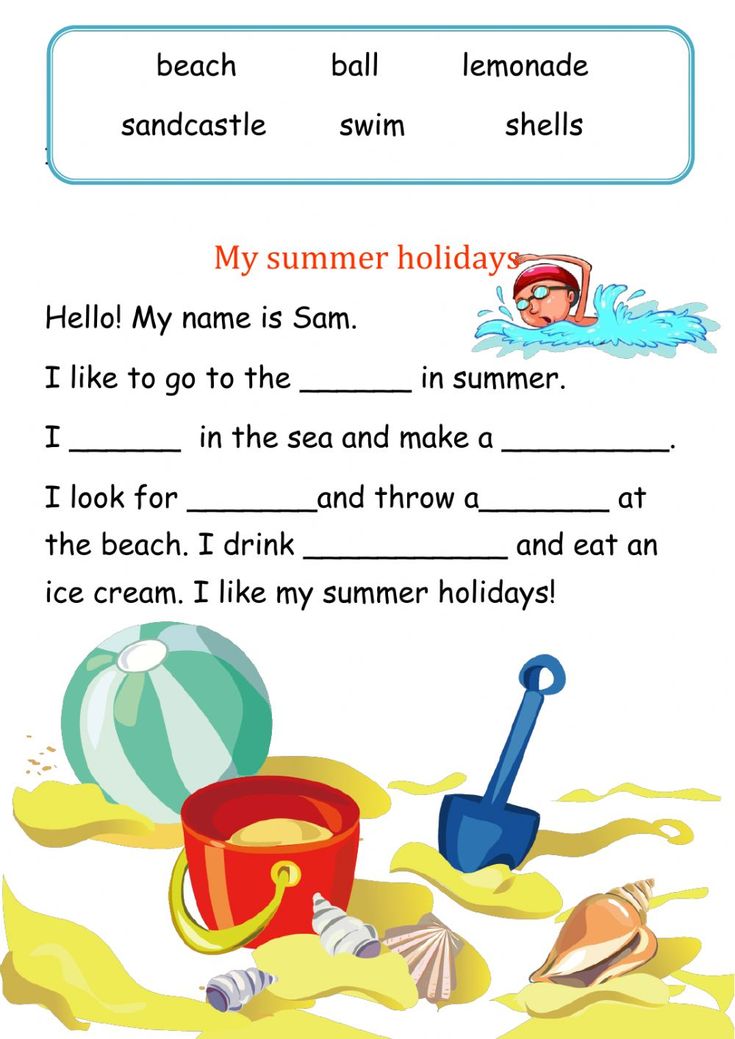 At the same time, at the end of the 19th century, another philosophical line was realized, emphasizing the interpersonal universal components of culture, which act as regulators of activity and its orientation (the Baden school of neo-Kantianism with its doctrine of values, E. Cassirer and his concept of the role of sign structures) . The phenomenology of E. Husserl was originally built as a methodology and denied self-sufficiency to the forms of activity that had developed in the New European culture, placing these forms in a wider context (expressed, in particular, in the concept of "life world"). nine0014
At the same time, at the end of the 19th century, another philosophical line was realized, emphasizing the interpersonal universal components of culture, which act as regulators of activity and its orientation (the Baden school of neo-Kantianism with its doctrine of values, E. Cassirer and his concept of the role of sign structures) . The phenomenology of E. Husserl was originally built as a methodology and denied self-sufficiency to the forms of activity that had developed in the New European culture, placing these forms in a wider context (expressed, in particular, in the concept of "life world"). nine0014 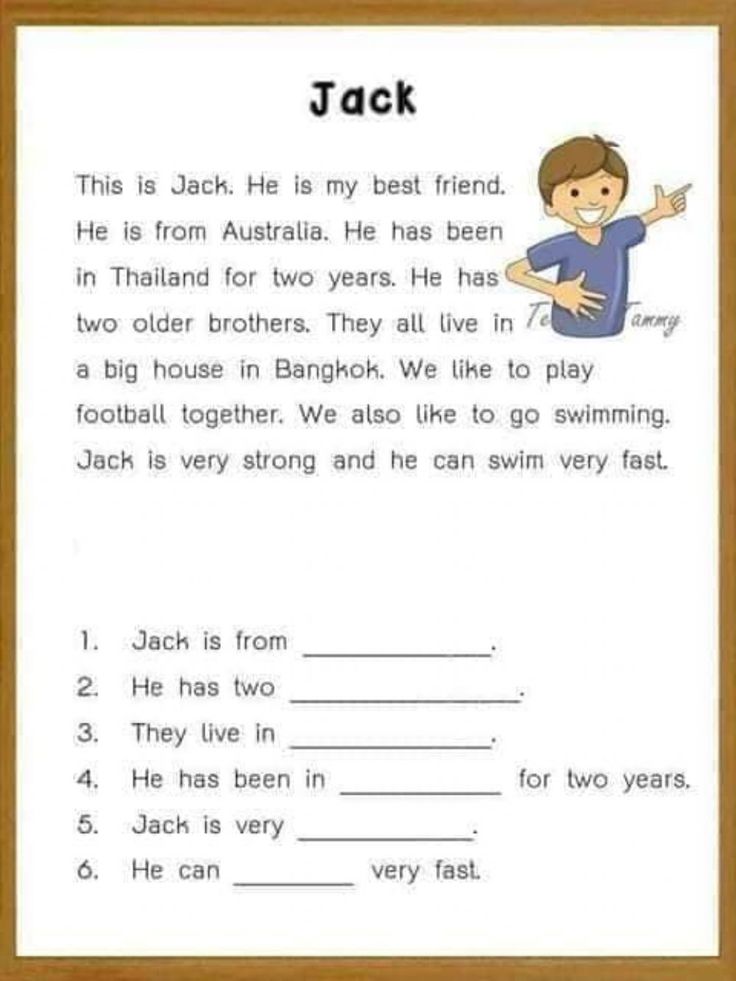 In general, in the Western European philosophical tradition, a certain ideologization of interpretations of activity reflects a person’s search for his potential in it (religious-idealistic, affirming the priority of God as the subject of activity; Marxist, optimistic about the prospect of subordinating natural and social patterns to man; realistic, critically evaluating a person as a subject activities and others). In postmodern philosophizing, the activity attitude received a new interpretation as a spontaneous procedurality. nine0014
In general, in the Western European philosophical tradition, a certain ideologization of interpretations of activity reflects a person’s search for his potential in it (religious-idealistic, affirming the priority of God as the subject of activity; Marxist, optimistic about the prospect of subordinating natural and social patterns to man; realistic, critically evaluating a person as a subject activities and others). In postmodern philosophizing, the activity attitude received a new interpretation as a spontaneous procedurality. nine0014 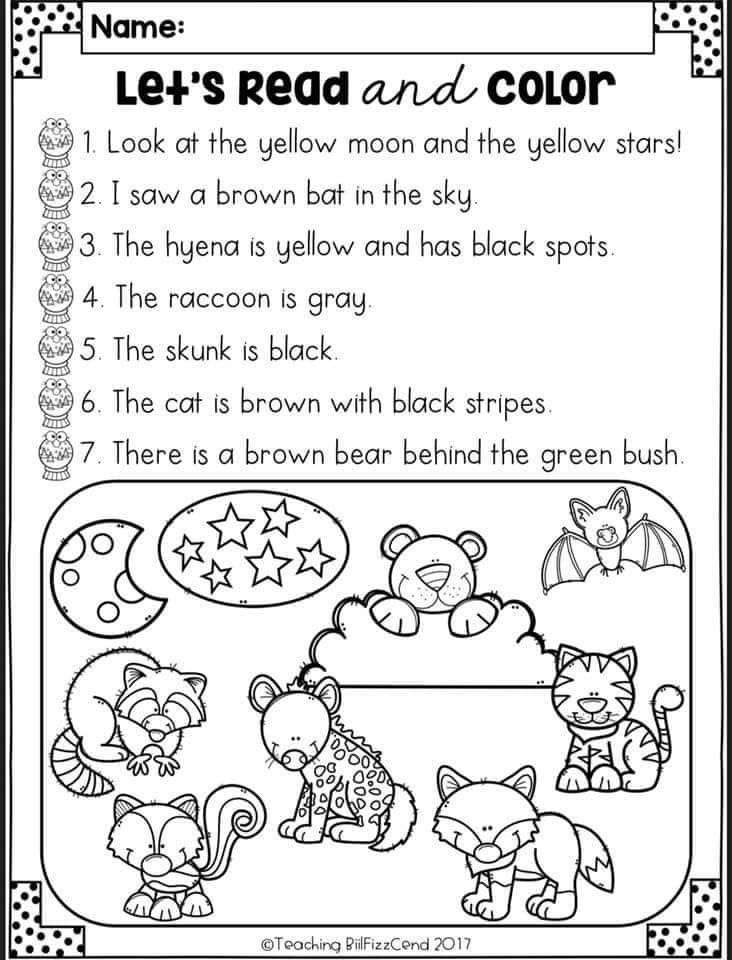 In the 20th century, the concept of activity played an important role in the development of the humanities. At the same time, the principle of activity during its deployment in specific studies required an in-depth analysis of the mechanisms of activity and the factors that form it. This led to the isolation of other components that lie outside the actual activity, although they are associated with it and influencing it. The theory of social action (M. Weber, F. Znanetsky, T. Parsons), along with the analysis of the rational components of goal-setting activity, emphasizes the importance of value attitudes and orientations, activity motives, expectations, claims, and so on, which, however, leads to the psychologization of the concept of activity. nine0014
In the 20th century, the concept of activity played an important role in the development of the humanities. At the same time, the principle of activity during its deployment in specific studies required an in-depth analysis of the mechanisms of activity and the factors that form it. This led to the isolation of other components that lie outside the actual activity, although they are associated with it and influencing it. The theory of social action (M. Weber, F. Znanetsky, T. Parsons), along with the analysis of the rational components of goal-setting activity, emphasizes the importance of value attitudes and orientations, activity motives, expectations, claims, and so on, which, however, leads to the psychologization of the concept of activity. nine0014  Thus, the contradiction of private sciences that use the category of activity as an explanatory principle when trying to cognize activity itself leads to the need to abandon the method and subject of this science and transfer cognitive activity to methodological problems. Therefore, private sciences, as a rule, reach the development of schemes of acts of activity or action (the act of speech activity by F. de Saussure, the act of activity by J. G. Mead, the social action of M. Weber and T. Parsons, mental actions and operations by A. N . Leontiev), that is, they focus on the atomic or elementary structures of activity. It was the need to design approaches built on the alternative nature of ontological categories of consciousness and activity that led in the second half of the 20th century to the isolation of methodology (see Methodology) from private sciences (see Science) and from philosophy (see Philosophy).
Thus, the contradiction of private sciences that use the category of activity as an explanatory principle when trying to cognize activity itself leads to the need to abandon the method and subject of this science and transfer cognitive activity to methodological problems. Therefore, private sciences, as a rule, reach the development of schemes of acts of activity or action (the act of speech activity by F. de Saussure, the act of activity by J. G. Mead, the social action of M. Weber and T. Parsons, mental actions and operations by A. N . Leontiev), that is, they focus on the atomic or elementary structures of activity. It was the need to design approaches built on the alternative nature of ontological categories of consciousness and activity that led in the second half of the 20th century to the isolation of methodology (see Methodology) from private sciences (see Science) and from philosophy (see Philosophy).  In the second half of the 20th century in Russian philosophy, the development of the concept of activity as a principle of explaining the existence of a person and a methodological tool was started by G. S. Batishchev, O. G. Drobnitsky and E. G. Yudin, as well as G. P. Shchedrovitsky and his associates within the build program of content-genetic logic (Moscow logical circle), and then of system-thought-activity methodology (Moscow methodological circle), where the need was raised to develop a general theory of activity (see System-thought-activity methodology). The main result of these works on the study of activity was the institutionalization of methodology as a special activity, the object and subject of which is the activity itself. In the future, interest in this topic began to grow actively, and it turned out to be at the center of scientific discussions on the problems of social philosophy, the methodology of science, social science and others. nine0014
In the second half of the 20th century in Russian philosophy, the development of the concept of activity as a principle of explaining the existence of a person and a methodological tool was started by G. S. Batishchev, O. G. Drobnitsky and E. G. Yudin, as well as G. P. Shchedrovitsky and his associates within the build program of content-genetic logic (Moscow logical circle), and then of system-thought-activity methodology (Moscow methodological circle), where the need was raised to develop a general theory of activity (see System-thought-activity methodology). The main result of these works on the study of activity was the institutionalization of methodology as a special activity, the object and subject of which is the activity itself. In the future, interest in this topic began to grow actively, and it turned out to be at the center of scientific discussions on the problems of social philosophy, the methodology of science, social science and others. nine0014 